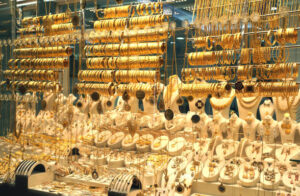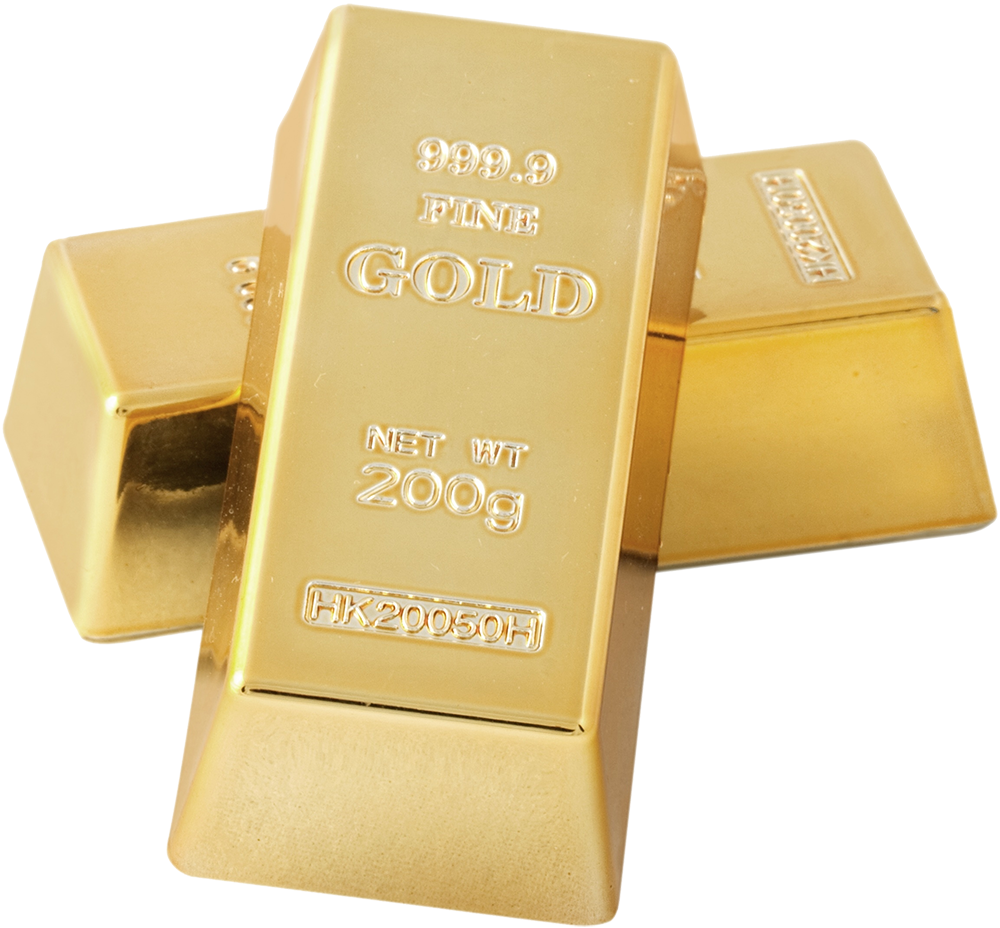Gold has been considered a store of value by civilizations around the world for thousands of years. Whether its numismatic gold coins, gold bullion, or fashionable jewelry, today, gold’s spot price is once again close to $1900 an ounce. Understanding the quality and purity of the gold you are buying is the key to making an informed investment.
Gold Purity: Understanding the Karat
If you’ve purchased jewelry in the past, you’re probably familiar with the word “karat.” When referring to gold, a karat (K) is a measurement of gold’s purity and it measures the ratio of gold to other metals or alloys. Typically, the gold karat number is stamped into a piece of jewelry.
Karats are measured on a scale of 0 to 24, with 24K being pure gold. As a rule, the higher the karat number, the more gold is in the piece. Other metals that can be mixed with gold include, zinc, nickel, copper, silver or palladium.
In its pure state, 24K gold is very malleable. Pure gold is much too soft for jewelry and is used for investment-grade bullion, such as gold coins or bars. Most jewelry is made using 22K to 10K gold.

Gold “Fineness” Defined
“Gold fineness” is another way of referring to the gold to metal additive ratio. When it comes to jewelry, gold fineness also determines the “color” of gold. Pure gold is actually bright yellow. The more yellow the gold, the higher it’s purity.
By adding different metals and alloys, jewelry designers create gold colors. For example, “rose” gold uses copper to give it its unique hue, while white gold is created by combining gold with zinc or nickel. Green gold uses an alloy that is made from copper, silver and zinc. Designers create these different hues by mixing various metals and then smelting them together with pure gold.
Determining the Percentage of Gold in Jewelry
Jewelry is typically marked using karats, such as 18K, 14K etc. This mark tells you exactly how much gold is in your item. Knowing the karat number is the key to calculating gold content, and ultimately its value.
The formula is simple. The gold karat scale ranges from 0 to 24. Simply divide the number of karats, for example 14K by 24. In this example the total is .583. to convert this number to a percentage, simply multiply be 100. This means that 14K gold is 58.3% pure, or contains 14 parts gold, and 10 parts other metals.

Karat Conversion
Here are the percentages of pure gold in the most commonly used karat measurements:
• 24K – 99.9% pure gold. This is the highest amount of gold and us typically used for creating investment grade bullion like coins and bars.
• 22K – 91.6% pure gold. This is the softest and most pure gold you would want to use for jewelry.
• 18K – 75% pure gold. More pure than 14K it is strong enough for jewelry and has a good balance of strength to purity.
• 14K – 58.5% pure gold. 14K gold is strong and is the most common purity used in making jewelry.
• 10K – 41.7% pure gold. This is the minimum standard for gold in the US. It’s great for jewelry as it’s affordable and extremely durable!
Seventy-five percent of annual gold use is for jewelry. Gold has many uses from an investment grade store of value, to being used in electronics, industrial application, aerospace, and even dental work. Understanding how gold’s value is defined by understanding how karats are measured can help you to make an informed decision when buying or selling gold! Visit Doylestown Gold Exchange for all of your gold needs; buy/sell, jewelry and coins.


